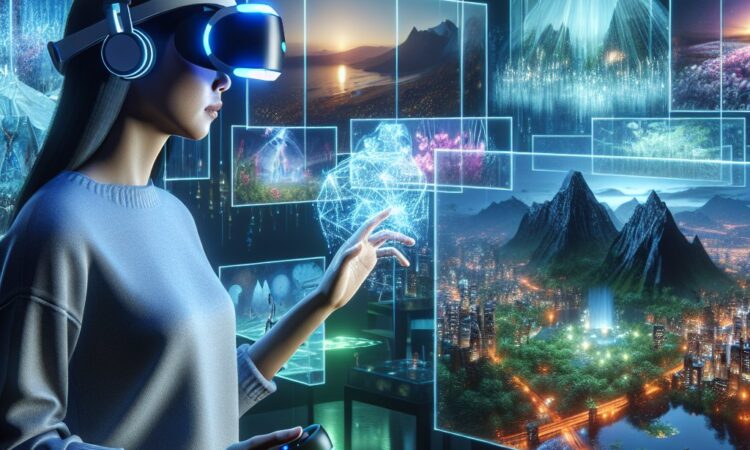Extended Reality (XR)
Introduction
Extended Reality (XR) is a term that encompasses all technologies that blur the line between the real and virtual worlds. It includes augmented reality (AR), virtual reality (VR), and mixed reality (MR). XR enhances our perception of reality by combining computer-generated elements with the natural world, creating immersive and interactive experiences.
Understanding XR Technologies
Augmented Reality (AR) overlays digital content onto the real world, enhancing our environment with virtual objects. It is commonly used in mobile apps, providing users with information overlayed on their surroundings.
Virtual Reality (VR) creates a completely simulated environment that users can interact with using specialized headsets. Users are transported to a digital realm, free from the constraints of the physical world. VR is widely used in gaming, training simulations, and entertainment.
Mixed Reality (MR) combines elements of both AR and VR. It allows users to interact with virtual objects while maintaining a connection with the real world. MR is often used in industrial applications, spatial computing, and educational experiences.
The Impact of XR
The development of XR technologies has opened up new possibilities in various fields. In education, XR enables immersive learning experiences, allowing students to explore historical events, travel to distant places, and visualize complex concepts in a more interactive way.
In healthcare, XR is transforming patient care by enabling medical professionals to practice complex surgeries, create realistic anatomical models, and develop innovative therapies. It also helps in pain management and mental health treatment.
Within entertainment, XR offers a whole new level of immersion. Users can dive into incredibly realistic gaming experiences, watch movies in virtual cinemas, or attend live concerts and events from the comfort of their homes.
Conclusion
Extended Reality (XR) technologies have revolutionized the way we interact with the world around us, blurring the boundaries between the real and virtual. AR, VR, and MR offer unique and immersive experiences in various industries, from education and healthcare to entertainment and beyond. As XR continues to evolve, we can expect even more innovative applications and opportunities for both businesses and individuals.

